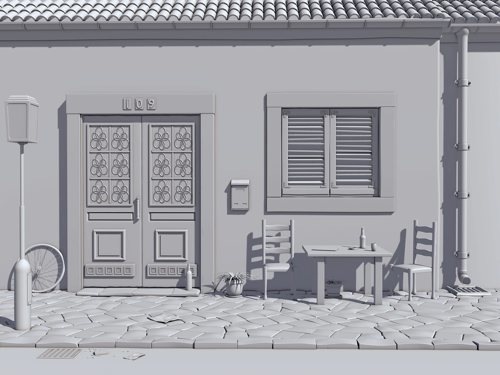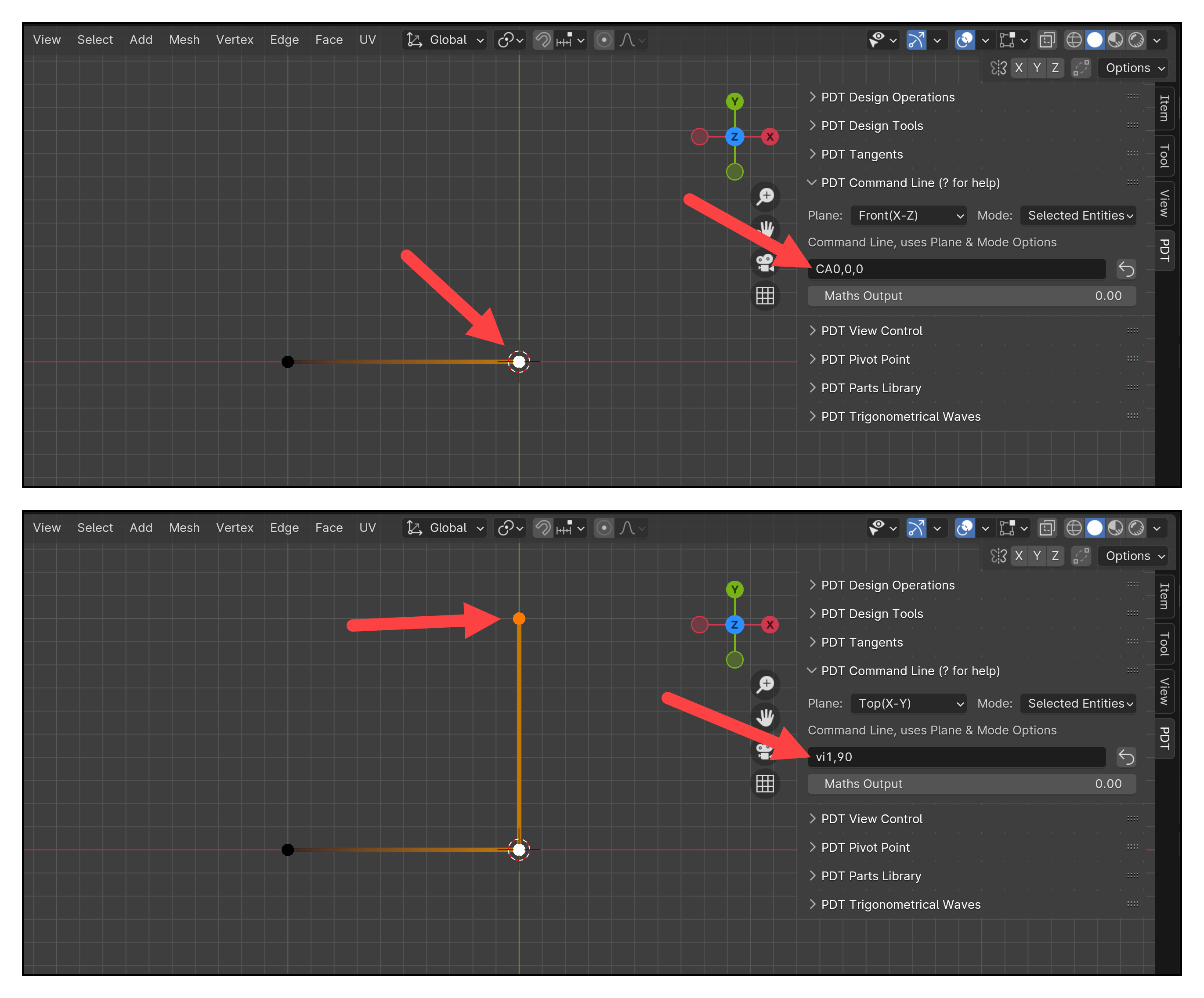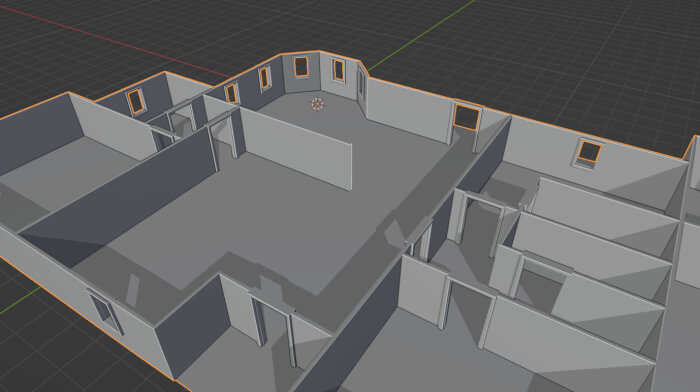
The process of learning tutorials and guides to learn how to model for architectural visualization may not be the best option for everyone all the time. At some point it is interesting to compare your work with other artists, and see how other people solve some of the problems related to architectural modeling. Below you will find a great resource for anyone interested on learning architectural modeling, which is a full scene available for download. The scene was created by an artist called Milan Stankovic and posted at the Blenderartists forums, and is available with a creative commons license.






This is great. I’ve been spending some time searching around for good example scenes to play with. Would love to see more posts like this. Thanks for sharing!